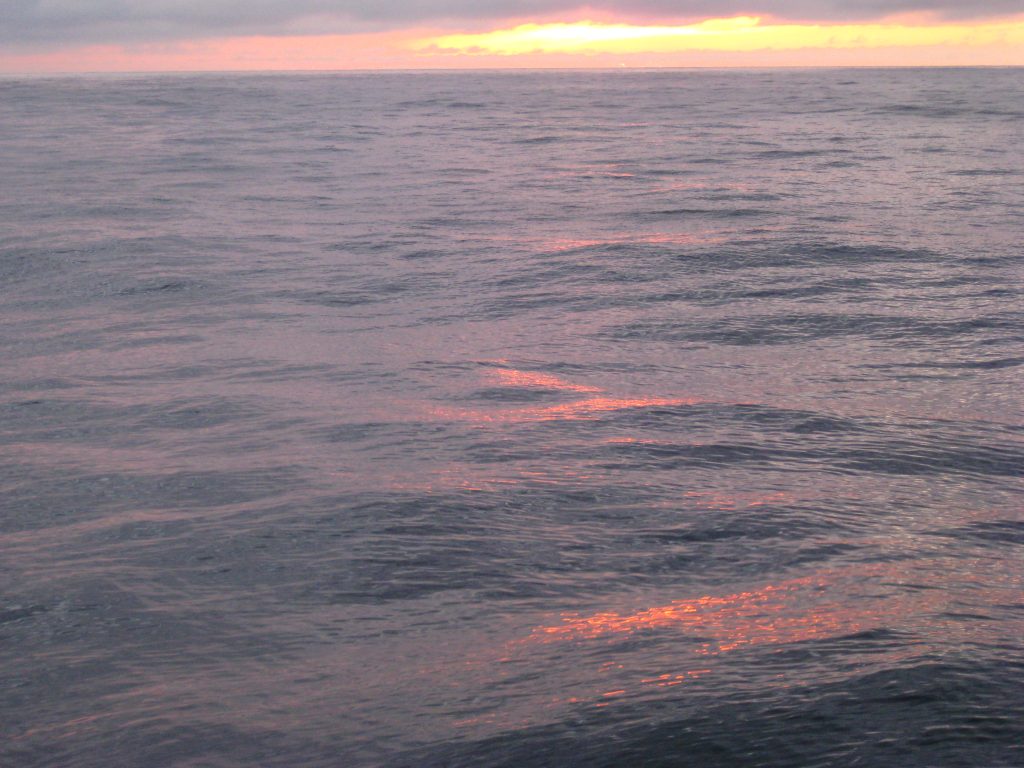
What’s at the Bottom of the Ocean?
Sediment! What’s it made of?
The School of Rockers have been interpreting ocean floor sediment samples under microscopes to determine the major types of minerals and materials in them. A core is a columnar section of the sea floor which has been drilled out for researching earth’s past and earth processes. Some cores from past JR expeditions have been available for us in the core lab. We take the cores out of their sealed containers and place them in order of which core section they are- 1, 2, 3 etc. The first core in this line up is the core section just below the sea floor. The last core section is the part of the core farthest below the sea floor. This way we can see a general pattern of sediment from top to bottom. Next we make general descriptions about the sediments- dominant colors and patterns and minor sediment changes of interest.
Making a sediment smear slide is the next step. After cleaning a microscope slide, we use toothpicks to scrape a tiny bit of sediment from the dominant sediment area and the areas of interest (below), placing each sediment sample on its own slide.

We use a drop of deionized water to smear the sediment and spread it apart. We let the water evaporate while the slide sits on a hot plate for about 1 minute. Next we use about 2 drops of a an adhesive to attach a slide cover (below). The final step is to place the slide under UV light to make it firm.

Looking under the microscope at various magnifications allows us to view what tiny things make up the sediment. For example, on one smear slide my group found lots of diatoms, one of the most common types of microscopic plant life in the ocean (a type of plankton). They are smaller than the tiniest piece of lint in your home. These diatoms lived many years ago. When they passed on, they fell to the ocean floor. Their silica (glass) “shells” were fossilized in sediment layers. Our dominant core sediment type was made of diatom silica, so this sediment is described as silicious ooze (below)!

Another neat find was the Radiolarian like the one in the image below. This is a type of protist and a type of plankton that feeds on other plankton. They have a silica (glass) skeleton. They are an ancient creature dating back to about 540 million years ago.

Studying these old sediment layers under the ocean can tell us not only a lot about biology in the past, but also about physical and chemical characteristics of the earth’s past, geological processes, and more! There are many answers out there and many more questions to ask about these sub- sea floor sediments.